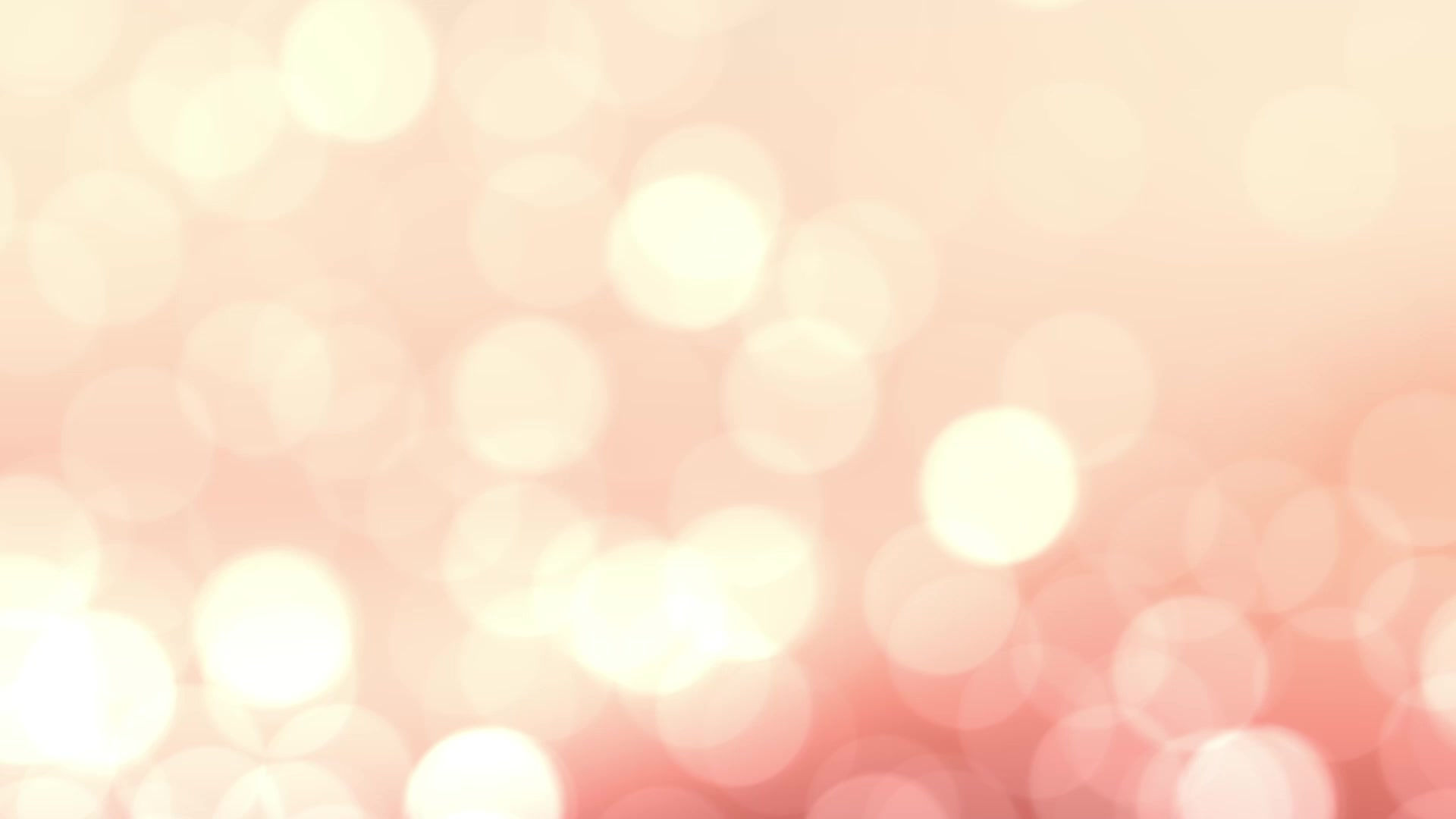Reiki
- Zen Again
- Aug 25, 2018
- 2 min read
About Reiki
Reiki comes from an ancient Buddhist healing practice that was believed lost until a Japanese theologian named Dr. Mikao Usui rediscovered it during the late 19th century. Dr. Usui taught his methods to a few pupils, who in turn passed the knowledge down to their own pupils. Reiki healing spread throughout Japan and other parts of Asia before reaching the United States. In 1981 the Reiki Alliance was formed and now has over 800 members worldwide, many of whom come from North America.
Principles of Reiki
Reiki is based on the philosophy that we all have running through us a life force energy, or qi that allows us to live and be well. when the energy is out of balance weak, we are more likely become ill unhappy, it running strongly, happy healthy. Reiki practitioners use their own bodies as a channel for qi move client.
Reiki can be used by and taught to anyone. Reiki practitioners believe that Reiki is guided by a higher force, and therefore that it can do no harm. It also does not drain the practitioner of their own energy, but in fact energizes both client and practitioner because the practitioner acts simply as a vessel, or channel through which the higher healing powers can reach the client.
Before working with clients, Reiki practitioners are "attuned" according to a set of ancient symbols. This attunement opens the healing channel and can be used by the practitioner for life.
Benefits of Reiki
Because Reiki is based on the belief that illness stems from unhealthy Qi flow, it can be used to help every condition. Reiki is most commonly used for stress related conditions such as fatigue, insomnia, headaches, and anxiety, but it can also be used to relieve pain and for emotional distress.
If you are interested in using Reiki to help treat a medical condition, it is a good idea to speak with your medical provider to form a plan that can address all of your health care needs.
What to Expect During a Reiki Session
The Reiki practitioner will identify what issues or conditions you want to address before practicing the "laying on the hands." To do this, the practitioner places his or her hands on 12 different parts on the front and back called "chakras," or energy centers, and leaves them there for around five minutes each. This is done to balance and enhance the body's energy flow and to promote healing.
Those who have experienced a Reiki session say they leave feeling either relaxed or energized. They say that it is a calming, soothing process.
Using Reiki Treatment for the improvement of body and mind
The secret art of inviting happiness The miraculous medicine of all diseases Just for today, do not anger Do not worry and be filled with gratitude Devote yourself to your work. Be kind to people. Every morning and evening, join your hands in prayer. Pray these words to your heart and chant these words with your mouth
- The founder, Usui Mikao
Sources:
· Mayo Clinic Book of Alternative Medicine. Time, Inc.
· Encyclopedia of Healing Therapies by Anne Woodham and Dr. David Peters.
· Alternative Healing: The Complete A-Z Guide to more than 150 Alternative Therapies by Mark Kastner, L.Ac., Dipl.Ac., and Hugh Burroughs. Henry Holt and Company: 1996.
Original article here: https://www.unh.edu/health/ohep/reikiand



Comments